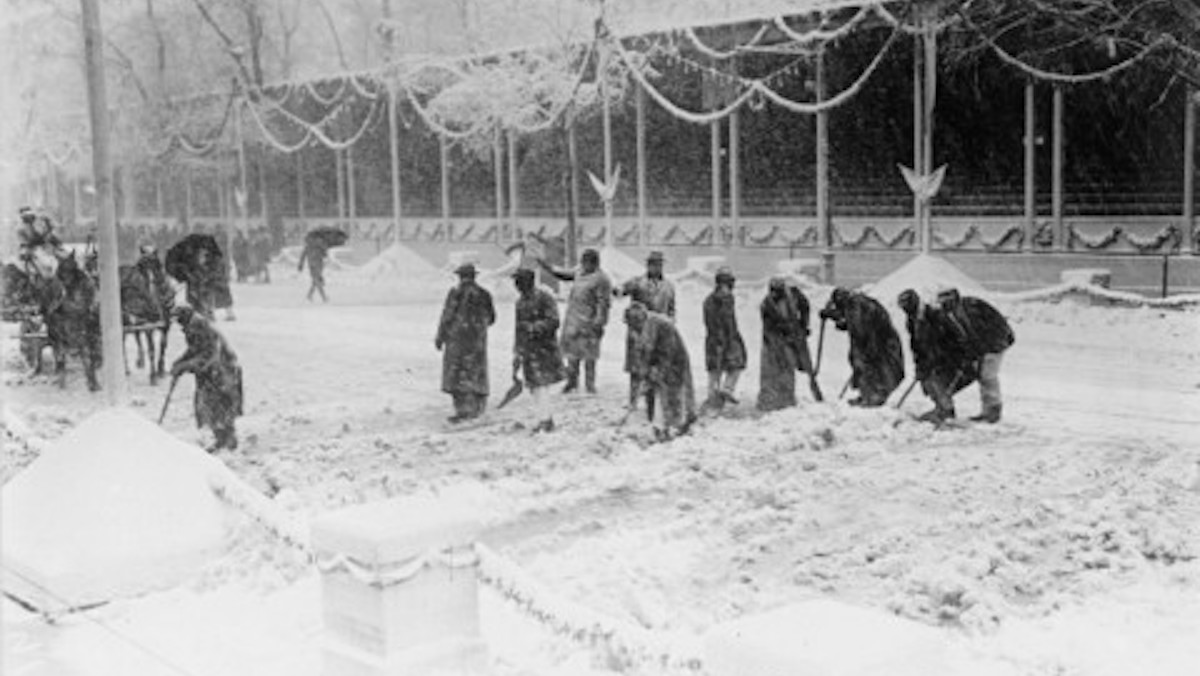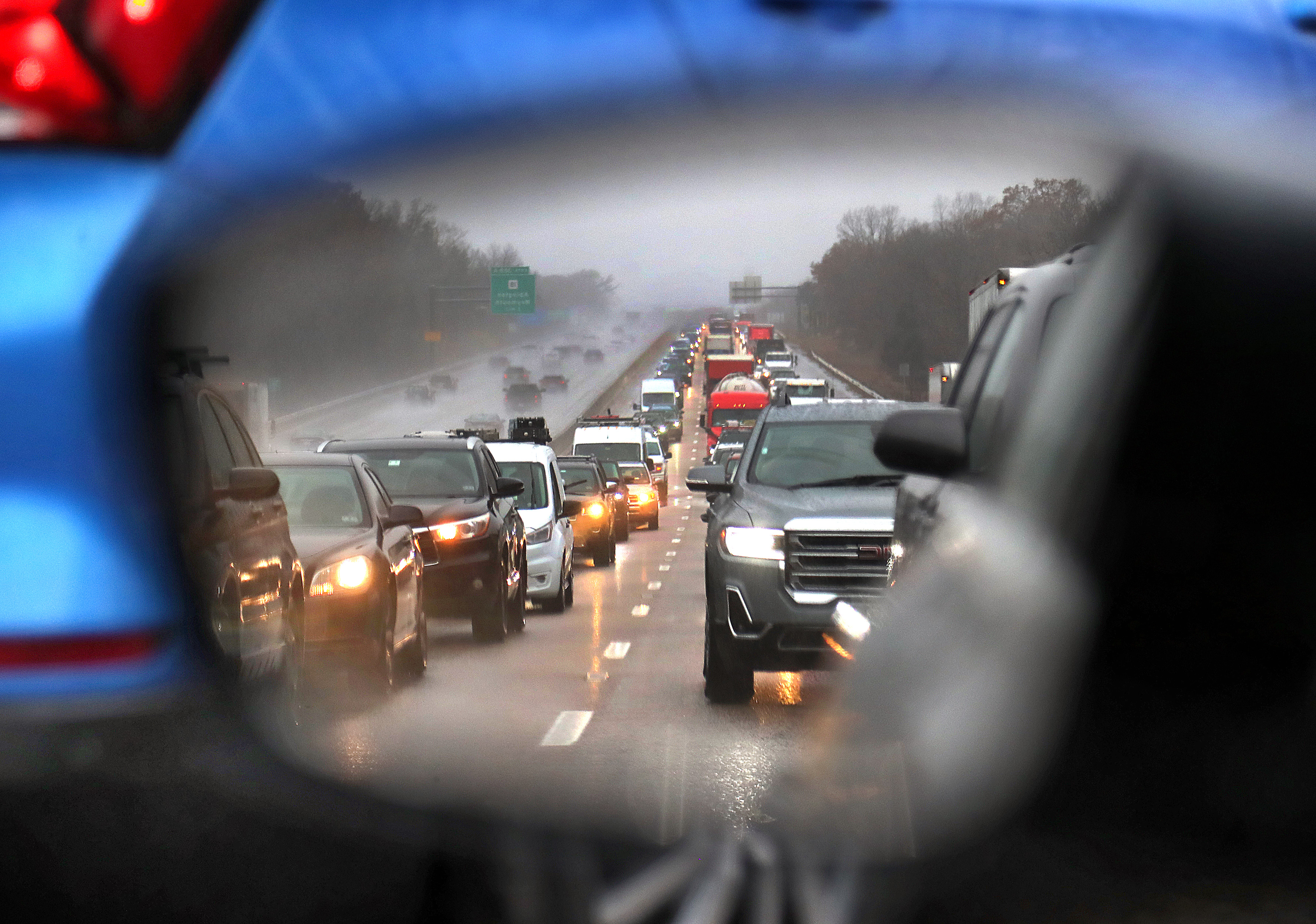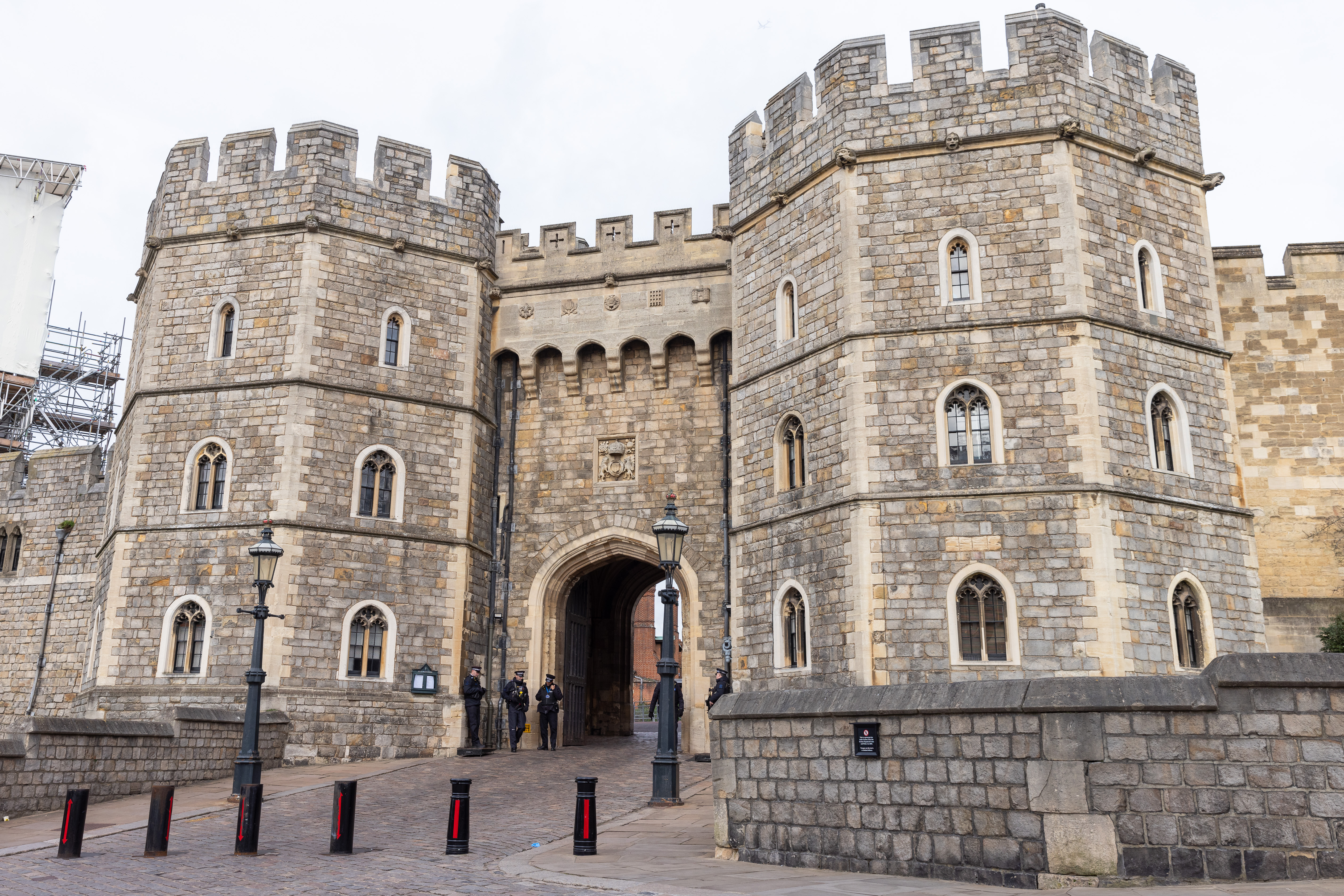The inauguration has been a key event at the start of each presidency since George Washington took the first oath of office in 1789.
Certain features have remained fairly constant over the years, including the oath and the inaugural address. Other aspects, such as the date, have changed. The event has grown and evolved with the times, and there have been some mishaps along the way.
Inaugural Addresses and Botched Oaths
The inaugural address has been an important staple of the ceremony. Presidents use the speech to inform the country of their intentions. George Washington was able to convey his in 135 words during his second inauguration, the shortest inaugural address on record.
William Henry Harrison set the record for longest speech at 8,495 words, which he delivered over nearly two hours without hat or coat in the middle of a snowstorm. His death has long been attributed to his prolonged exposure to bad weather at his March 4 inauguration, but modern historians and public health specialists believe he died due to sewage-contaminated water at the White House.
One of the most awkward moments in inauguration history occurred in 2009, when Chief Justice John Roberts flubbed the oath during President Barack Obama’s swearing-in ceremony, putting the word “faithfully” in the wrong place. Though it was a minor slip of the tongue, concern was raised that Obama may not have been properly sworn in. They later repeated the 35-word oath, in the right order, at the White House.
U.S. & World
News from around the country and around the globe
President Lyndon B. Johnson, however, takes the prize for the most botched oath. During President John F. Kennedy's inauguration, then-Vice President Johnson pledged to accept his post “without any mental reservation whatever,” instead of “without any mental reservation or purpose of evasion.” At the time, no one seemed to notice or care.
So Help Me God
Prior to his swearing-in ceremony on March 4, 1933, President-elect Franklin D. Roosevelt and his wife, Eleanor, attended a service at St. John's Episcopal Church, near the White House. The couple repeated the ritual before Roosevelt’s 1937 and 1941 inaugurations, and arranged for a private service at the White House the morning of his fourth inauguration.
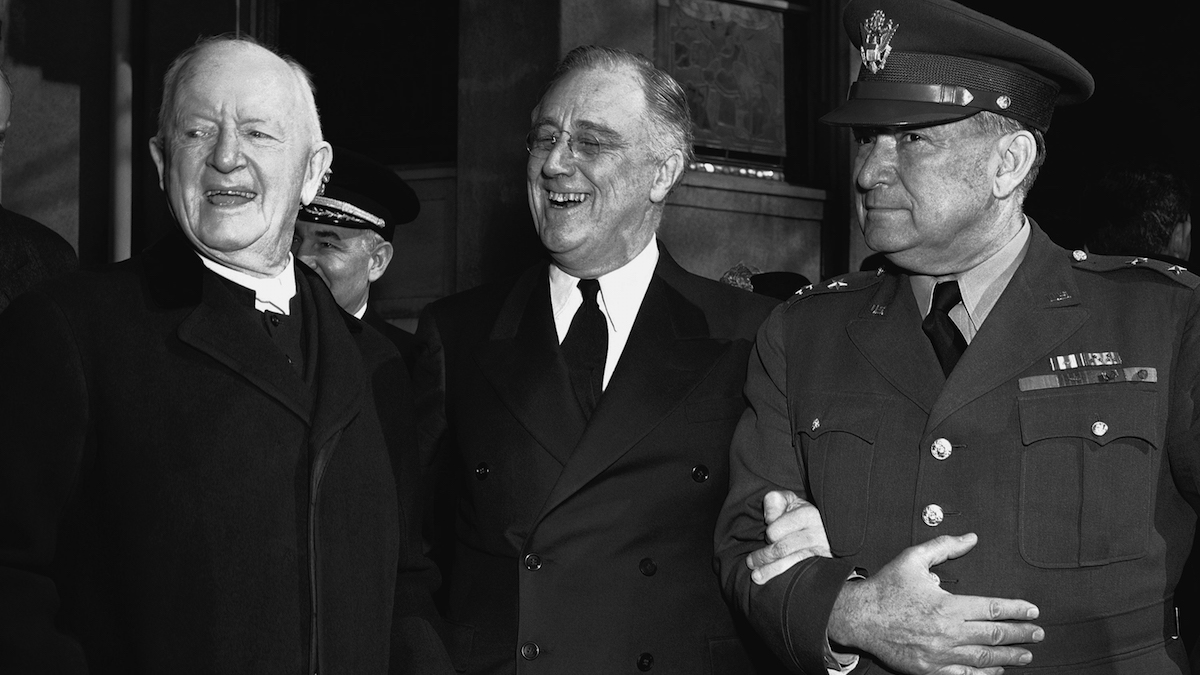
The Roosevelts set a precedent that has been followed by every president since, with nearly all making their morning worship stop at St. John's Episcopal.
Passing the Torch
The president-elect and the outgoing president proceed together to the Capitol for the swearing-in ceremonies. It's an image that helps convey the peaceful transfer of power. This tradition has endured, with few exceptions, since 1837, when Martin Van Buren and Andrew Jackson rode together in a carriage made from wood taken from the U.S.S. Constitution.
Outgoing President John Quincy Adams did not attend the ceremony of his successor, President Andrew Jackson, in 1829. The relationship between the two men was damaged by the bitter campaign of 1828. Jackson blamed the verbal attacks made by Adams and his political allies for the death of his wife.
History could repeat itself on Jan. 21. President Donald Trump, who has refused to accept his electoral defeat, is expected to skip the inauguration of President-elect Joe Biden, NBC News reports.
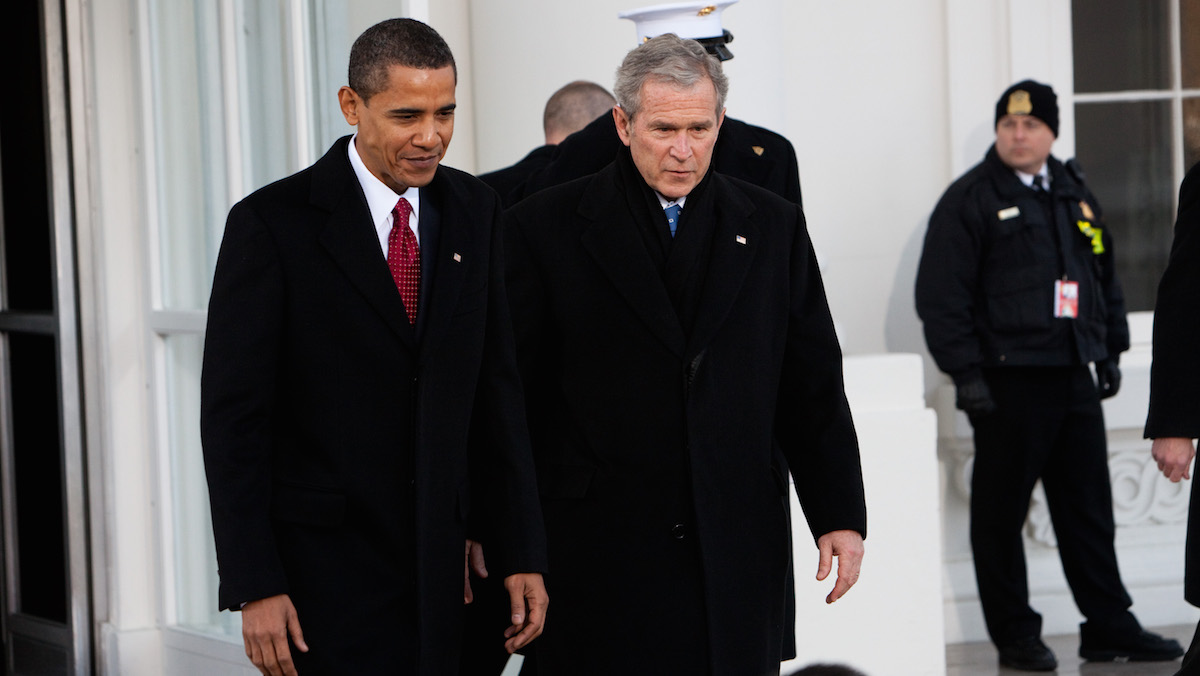
President Andrew Johnson did not accompany President-elect Ulysses S. Grant to the Capitol, nor did he attend the inaugural ceremonies. Instead, he remained at the White House signing last-minute legislation.
Pomp and Circumstance
After his second inauguration, in 1805, President Thomas Jefferson rode on horseback from the Capitol to the White House amid a spontaneous gathering of members of Congress and citizens, accompanied by music performed by the Marine Band — a procession that grew into the present-day's inaugural parade. The Marine Band has played at every presidential inauguration since.
Over the years, the parades have become more elaborate. In 1837, Martin Van Buren became the first president to have floats at his parade. Nearly two centuries later, in 2009, more than 10,000 people from all 50 states marched in President Barack Obama's first inauguration.
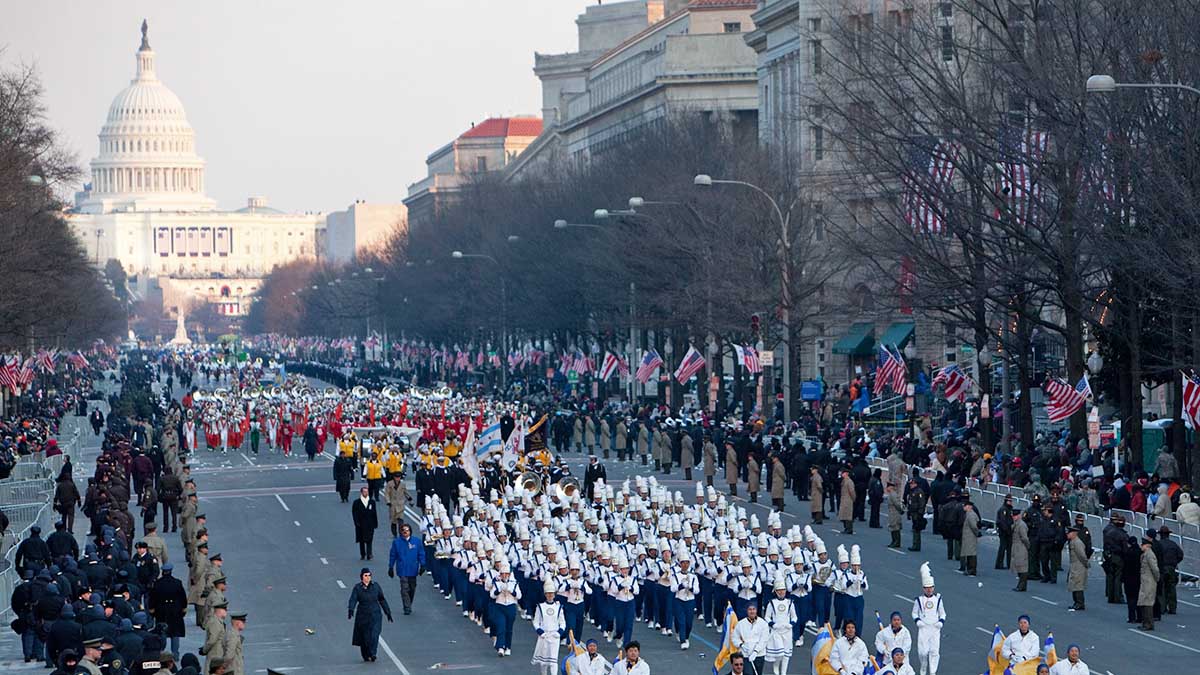
And though turnout to witness the inauguration of the first black president of the United States shattered records, it was Dwight D. Eisenhower's first inaugural parade in 1953 that takes the cake for most extravagant. That one had 25,000 marchers, 73 bands, 59 floats, horses and elephants, and went on for more than four hours. The Texas-born president was even lassoed in the reviewing stand by a cowboy who rode up to him on horse.
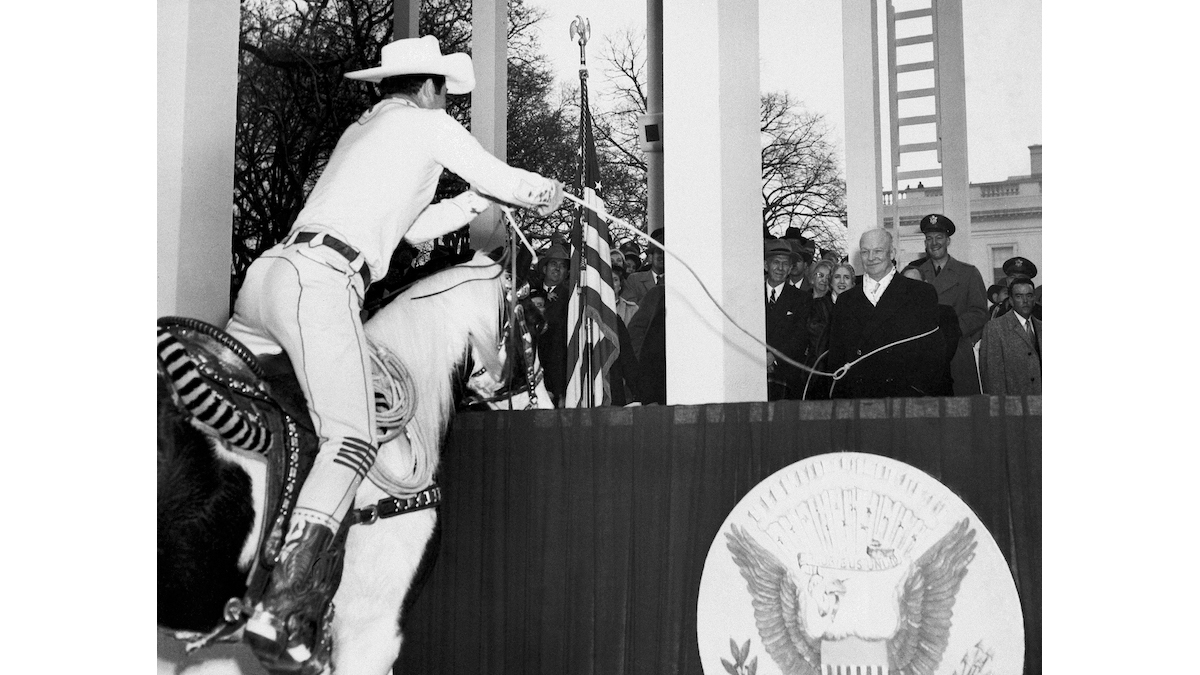
It was that excess that forced a cap on the number of marchers at 15,000.
President-elect Biden's inauguration will be mostly virtual to deter large crowds from gathering and possibly spreading the coronavirus era. It will include a "virtual parade across America" and a pared-down gathering of government officials and dignitaries for his swearing-in.
A Ball of a Time
While some tickets for President Donald Trump's Washingtonian Inaugural Ball — one of three he held — went for as much as $1,250 a pop, the 400 tickets to James Madison’s celebration went for $4 each.
The Inaugural ball is a highlight of Washington society. Over the years, organizers have increased the number of events due to a high demand for tickets. Obama attended 10 official balls for his first inaugural in 2009. President Bill Clinton's second inauguration in 1997 had an all-time high with 14.
PHOTOS: First Ladies' Inaugural Ball Gowns Through the Years
The most riotous inauguration reception goes to President Andrew Jackson. After Jackson was sworn-in on March 4, 1829, he invited the American public to the White House for a celebration. Overwhelming crowds ruined many White House furnishings, and forced the new president to make a getaway through a window. White House staff reported the carpets smelled of cheese for months afterward.

A Stormy History
President Franklin Pierce awoke to heavy snow on his inauguration day on March 4, 1853. Though the skies looked to be clearing by noon, it began to snow again as he began his inaugural address. It came down heavier than ever, dispersing much of the crowd and ruining plans for the parade. Abigail Fillmore, first lady to outgoing President Millard Fillmore, caught a cold as she sat on the frigid, damp platform during the swearing-in ceremony. The cold developed into pneumonia and she died at the end of the month.
The day before President William H. Taft's ceremony, a blizzard pummeled Washington, D.C. Strong winds toppled trees and telephone poles, trains were stalled and city streets were impassable. Sanitation workers shoveled sand and snow through half the night. It took 6,000 men and 500 wagons to clear 58,000 tons of snow and slush from the parade route.
Despite the freezing temperatures, a large crowd gathered in front of the Capitol to view the inauguration, but the weather forced the ceremony indoors. Just after the swearing-in, the snow tapered off.
In 1985, President Ronald Reagan's second swearing-in ceremony, on Jan. 21, had to be held indoors and the inaugural parade canceled because of record low temperatures — the coldest inauguration ever. Medical and military authorities had warned Reagan that "exposed flesh can freeze within five to 10 minutes, triggering considerable danger to many of the parade and ceremony participants, spectators and the general public."
